Yeongcheon Eunhaesa Temple (은해사 (영천))
11.3Km 14367 2021-12-21
951, Cheongtong-ro, Yeongcheon-si, Gyeongsangbuk-do
+82-54-335-3318
Eunhaesa Temple, located on Palgongsan Mountain in Yeongcheon city, Gyeongsangbuk-do, is one of two major temples on the mountain along with Donghwasa Temple.
The temple was founded by Monk Hyecheol and was given the name Haeansa Temple in the first year of King Heondeok’s reign during the Silla Kingdom (AD 809), but was moved to the current site in the Joseon dynasty in 1546 (the first year of King Myeongjong). Upon its relocation, King Injong of Joseon dynasty was commemorated with a new lecture hall along with a memorial stone plaque where the king's umbilical cord was buried and sealed. It was then when the temple was also given its current name, Eunhaesa Temple.
The temple houses the main shrine, Bohwaru pavilion, Seolseondan Hall, Shimgeondang Hall, eight small hermitages, as well as Baegeungam Temple, Jungangam Temple, and a professional Buddhist education institution, the Eunhaesa Buddhist University. Eunhaesa Temple is home to a National Treasure, Geojoamyongsanjeon Hall, and Treasure, Baekheungamgeukrakjeon Hall. It also contains Treasure, the Sunidan Buddha Platform; Treasure, the Wunbuamcheongdongbosal Seated Buddha Statue; and Treasure, the Eunhaesa Temple Gwaebultaeng hanging Buddha picture. The area is also close to the Seongbu Museum, which exhibits cultural assets from Eunhaesa Temple and the neighboring areas, as well as popular tourist attractions such as Geukrakgul grotto of Jungangam temple (Hwaeomgul Grotto), Geondeul Rock, Manyeonsong Pine Tree, Ganggunsu Waters, and Anheungpokpo Falls of Gigiam Temple.
The Gwiae Traditional House [Korea Quality] / 귀애고택 [한국관광 품질인증]
11.4Km 7568 2020-09-08
37-17, Gwiho 1-gil, Hwanam-myeon, Yeongcheon-si, Gyeongsangbuk-do
+82-54-331-8043
The Gwiae Traditional House is a 200-year-old aristocrat’s residence consisting of various hanok structures, a pavilion, a pond, and a shrine set amid its expansive grounds. Located in Yeongcheon Byeolbyeol Misulmaul (Star Art Village) where modern artworks can be seen here and there, the house too is surrounded by various artworks as well as the beautiful natural environment of Yeongcheon, including Bohyeonsan Mountain, Palgongsan Mountain, Unjuhan Recreational Forest, and Saryongsan Mountain. Thanks to the Art Village project, the village has acquired a distinguished charm all its own by combining the antique beauty of traditional houses with modern art and public design. The village is full of attractions as well as traditional structures, including Pungyeongjeong Pavilion, which was built to commemorate the life of Gwon Eung-do, an eminent Confucian scholar of Joseon, and the Cian Art Museum, which established in a closed-down school and has three exhibition rooms, an outdoor sculpture park, and an art shop.
Belonging to the descendants of Jo Geuk-seung (1803∼1877), a Confucian scholar of the late Joseon period, the Gwiae Traditional House comprises a sarangchae (detached building), an anchae (women’s quarters), a daemunchae (building next to the gate), and Gwiaejeong Pavilion (Gyeongbuk Provincial Cultural Heritage No. 339), which has double-layered eaves and a half-hipped roof, and measures four kan (a unit of measurement referring to the distance between two columns) at the front and three kan at the sides. There is also a hexagonal pavilion connected with a bridge and a lotus pond. The house also has four installation artworks such as a sculpture of a child and a puppy getting stars, and a turtle sculpture with Lee Geum-hong’s calligraphy.
Opened as a hanok stay in 2013, the house has 8 guestrooms and offers a variety of traditional games such as Tuho (Arrow-throwing), Neolttwigi (Korean see-saw game), and Jegichagi (Korean shuttlecock game) in the courtyard.
Manbulsa Temple (Yeongcheon) (만불사(영천))
12.1Km 29516 2024-02-23
857-5 Goji-ri, Bugan-myeon, Yeongcheon-si, Gyeongsangbuk-do
Situated on Manbulsan Mountain in Yeongcheon-si, Manbulsa Temple is renowned for housing the largest collection of Buddha statues in Korea. The temple is also celebrated for actively promoting modern Buddhism, culture, and welfare. Notable features within the temple grounds include the towering 33-meter Yeongcheon Great Amitabha Buddha, the revered five Buddha's jinsin saris and Bodhi trees from Sri Lanka, the resonant Manbul Brass Temple Bell, and the main sanctuary, Manbulbojeon Hall. Nearby attraction include Dogyeseowon Confucian Academy, Dolhalmae Wishing Stone, and Nogye Sibi (Monument Inscribed with a Poem of Pak Inro), offering a rich cultural and historical exploration.
Dolhalame Wishing Stone (Yeongcheon) (돌할매(영천))
12.3Km 32873 2024-02-23
417 Gwan-ri, Bugan-myeon, Yeongcheon-si, Gyeongsangbuk-do
Dolhalmae Wishing Stone, held in high esteem by locals for centuries, is believed to possess fortune-telling properties. Legend has it that if one attempts to lift the stone with both hands and succeeds, the wish will not materialize; however, if the stone remains immovable, the wish is destined to come true. This oval-shaped stone, measuring 25 centimeters in diameter and weighing approximately 10 kilograms, is the centerpiece of Dolhalmae Park, which also features various sculptures. Nearby, visitors can explore additional attractions such as Manbulsa Temple and Dogyeseowon Confucian Academy.
Yeongcheon Dam (영천댐)
14.9Km 26209 2024-02-22
1792 Poeun-ro, Jayang-myeon, Yeongcheon-si, Gyeongsangbuk-do
Yeongcheon Dam is a multipurpose dam located in the middle and lower reaches of the Geumhogang River basin, and below it lies the Yeongcheon Dam Downstream Park. Within the park, there are campgrounds equipped with water facilities and showers, a children's water playground open in the summer, artificial waterfalls, sports fields, and plazas. Surrounding the dam, the Youngcheon Dam Cherry Beotkkotbaek-ri, a famous drive course, is renowned, with numerous café and restaurants scattered along the route.
Palgongsan Provincial Park (Gatbawi Section) (팔공산도립공원(갓바위지구))
15.5Km 27396 2021-03-04
Wachon-myeon, Gyeongsan-si, Gyeongsangbuk-do
+82-53-981-6406
Located north of Gyeongsan, Palgongsan Mountain (altitude 1,192.3 meters) was called both Jungaksan and Buaksan Mountain during the Silla period. The mountain has many ancient temples and historical sites such as the Gatbawi Stone Buddha, Wonhyosa Temple, Cheonseongsa Temple and Bulgulsa Temple.
Gyeongsan Seonbonsa Temple (선본사(경산))
15.5Km 13626 2021-12-02
699, Gatbawi-ro, Gyeongsan-si, Gyeongsangbuk-do
+82-53-851-1868
Seonbonsa Temple is a centrally administered temple of the Jogye Order. It was originally built in 491 by Geukdal, and later repaired in 1641. The temple is home to many important cultural treasures, including the Stone Seated Buddha at Gwanbong Peak (Treasure), Three-story Stone Pagoda (Gyeongsangbuk-do Cultural Heritage), and stone lanterns.
Orijangnim Forest in Jacheon-ri, Yeongcheon (영천 자천리 오리장림)
16.2Km 11984 2021-06-11
1421-1, Jacheon-ri, Yeongcheon-si, Gyeongsangbuk-do
+82-54-330-6584
Orijangnim Forest is approximately 2 kilometers long, the same length as the Korean measurement of five ri (O-ri). It is also called Jacheon Forest due to its location near Jacheon-ri. The forest was split into two parts after a national roadway was built through the forest. Later, much of the forest was lost due to additional building construction, road expansion, and typhoon. Only some areas in front of Jacheon Village retain the old ambience.
Orijangnim Forest was established to block the strong winds from entering the village, as well as provide bank protection and flood prevention. It is comprised of 280 trees from 12 different species including oriental oaks.
Palgongsan Provincial Park (Eunhaesa Temple Section) (팔공산도립공원 - 은해사지구)
16.8Km 9641 2019-07-23
Geojo-gil, Yeongcheon-si, Gyeongsangbuk-do
+82-54-852-8031
Located north of Gyeongsan, Palgongsan Mountain (1,192.3m) was called both Jungaksan and Buaksan Mountain during the Silla period. The mountain has many ancient temples and historical sites such as the Gatbawi Stone Buddha, Wonhyosa Temple, Cheonseongsa Temple and Bulgulsa Temple.
Daegu Bangjja Brassware Museum (대구 방짜유기박물관)
18.6Km 14430 2019-03-19
29, Dojang-gil, Dong-gu, Daegu
+82-53-606-6171~4
Bangjja Brassware Museum is the first original museum of its kind in Korea. Unknown to many, Bangjja Brassware possesses a host of beneficial attributes and is used both for storing food and for growing plants. One of its primary functions is that of cultivating nutritive elements.
The Bangjja Brassware Museum in Daegu has numerous brassware products on hand that were generously donated by Lee Bong-Ju. His collection was subsequently appointed intangible cultural asset number seventy-seven by the Korean government.
The museum’s layout is rather intricate. Both the basement floor and second ground floor consist of three exhibit halls, a data research hall, a cultural experience hall, a video education hall, an outdoor stage, and several planning exhibit halls. In the Brassware Cultural Hall, a display boasting Korea’s history regarding various kinds of brassware, together with other relevant information is on hand for visitors. In the nearby Donation Hall, a National Intangible Cultural Heritage, Lee Bong Ju’s luxury brassware collection, is on display. In the Reappearance Hall there are makeshift displays illustrating where brassware was first produced and where it was traded.
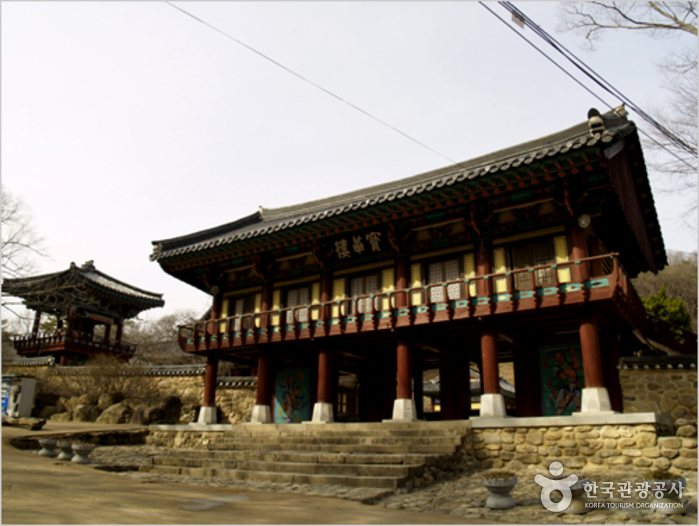
![The Gwiae Traditional House [Korea Quality] / 귀애고택 [한국관광 품질인증]](http://tong.visitkorea.or.kr/cms/resource/84/2578084_image2_1.jpg)
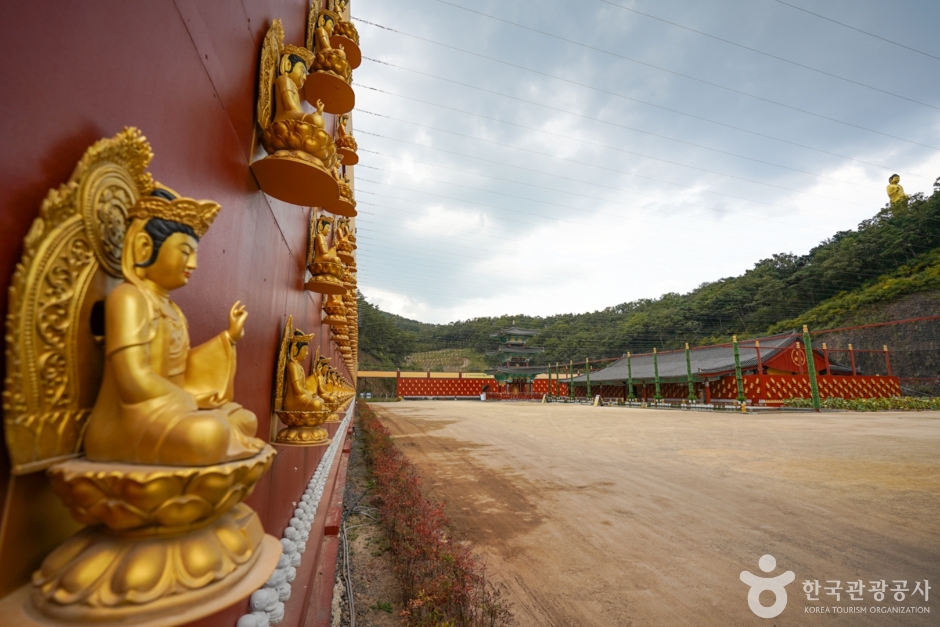
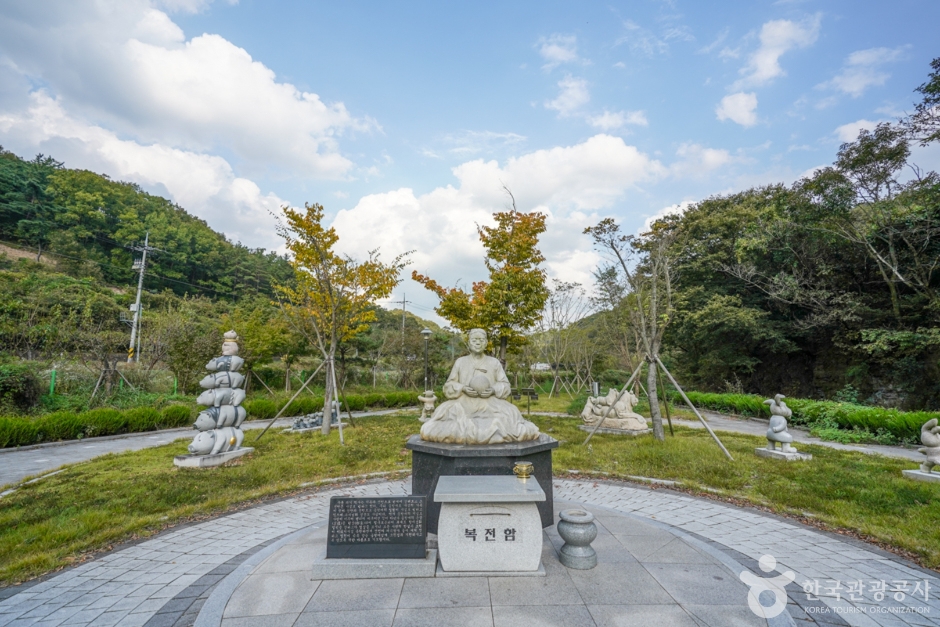
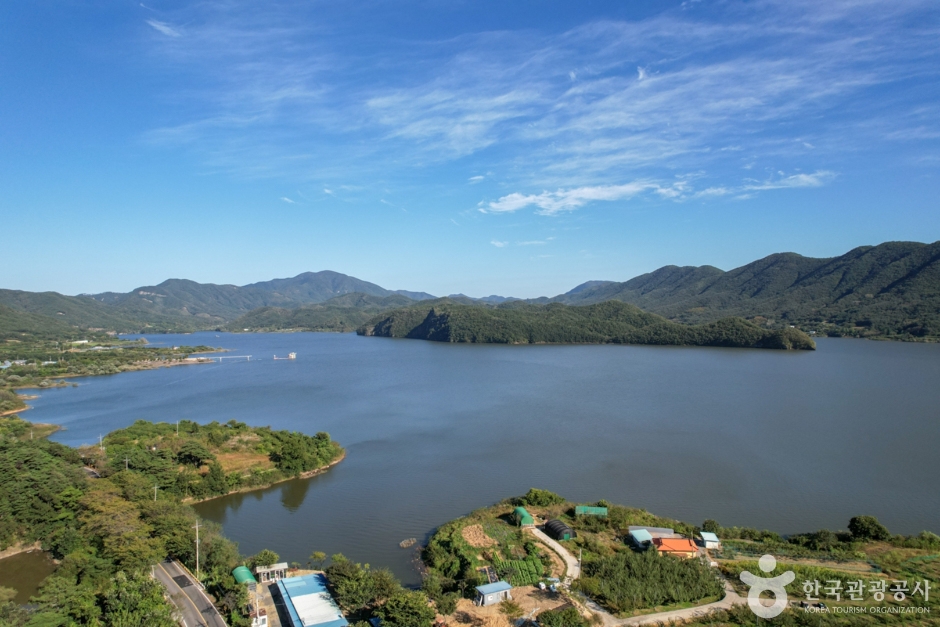
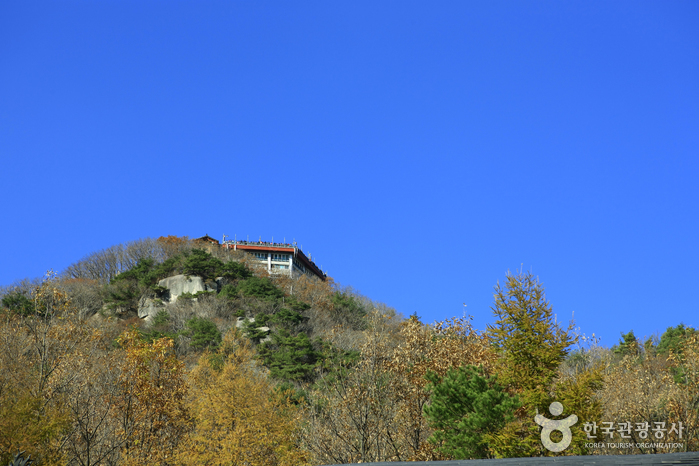
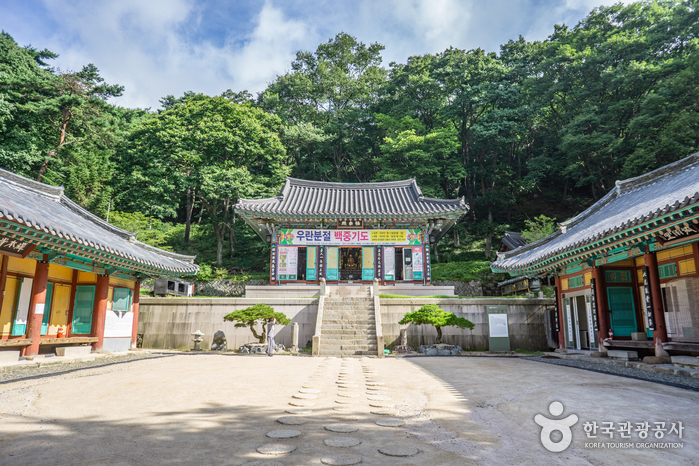

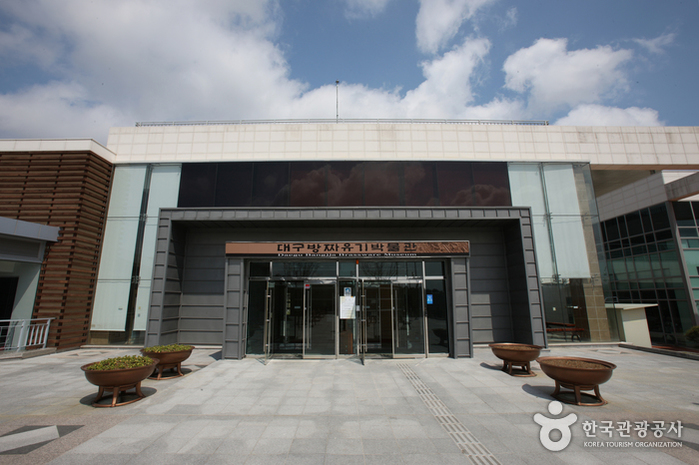
 English
English
 한국어
한국어 日本語
日本語 中文(简体)
中文(简体) Deutsch
Deutsch Français
Français Español
Español Русский
Русский